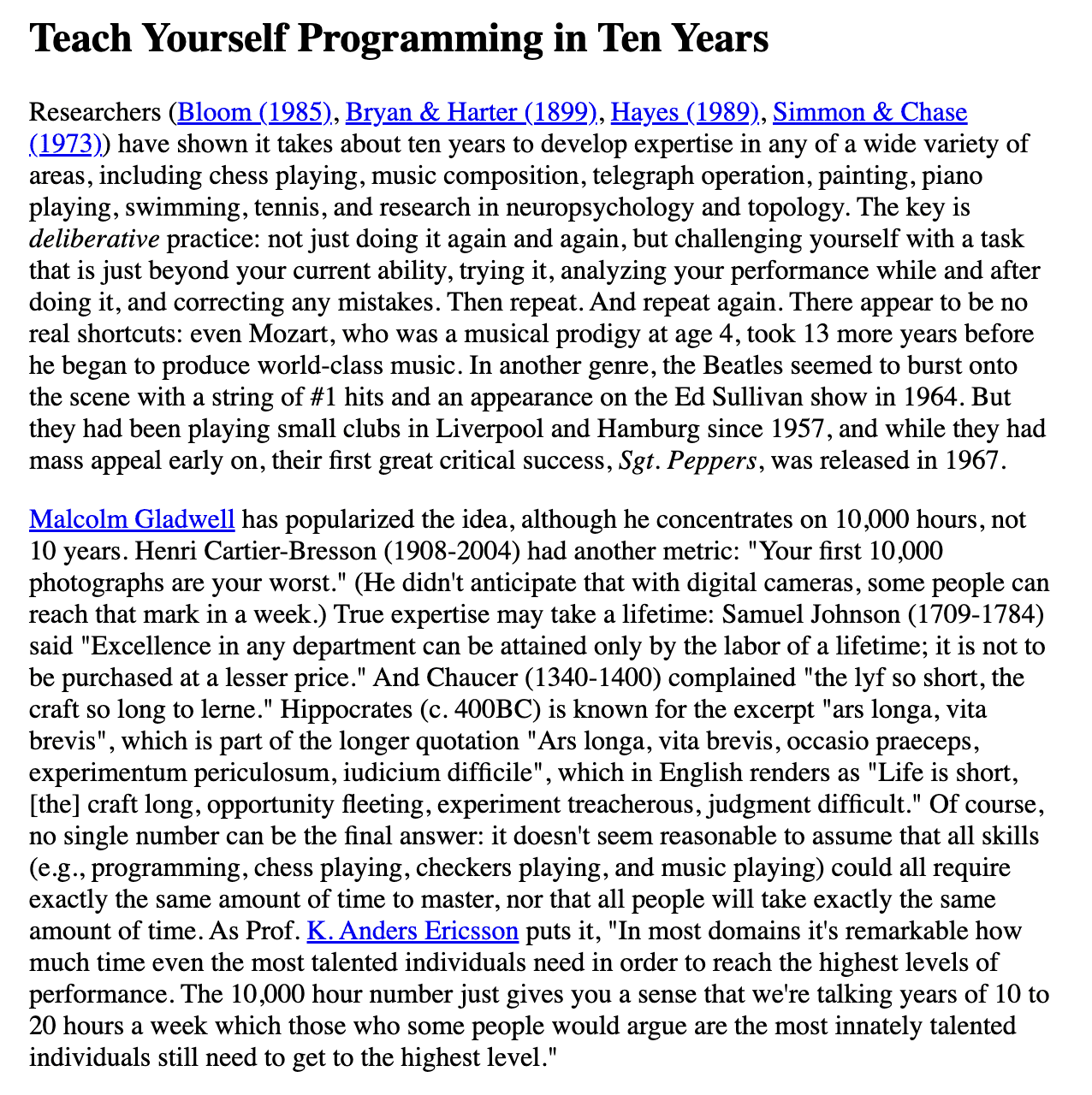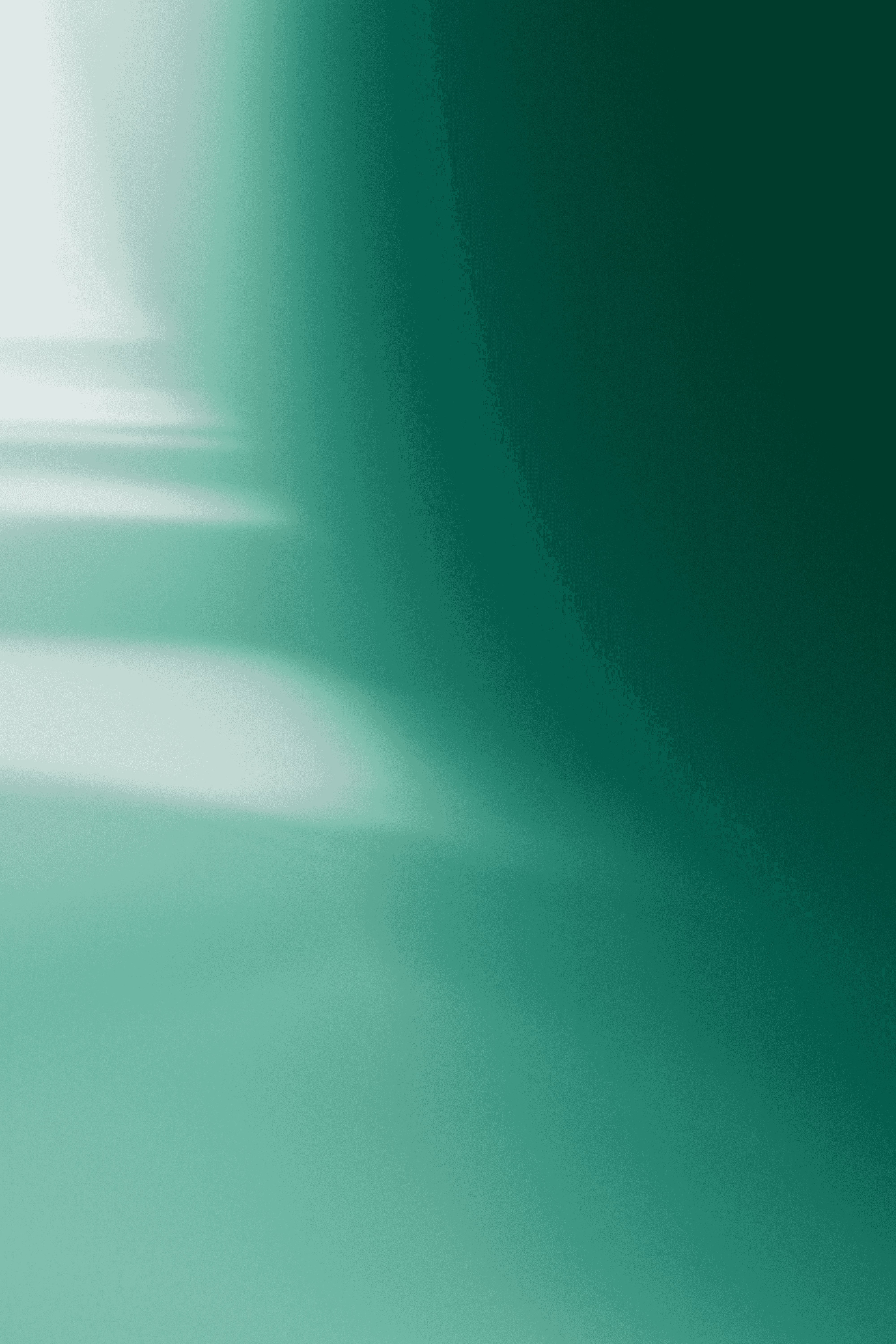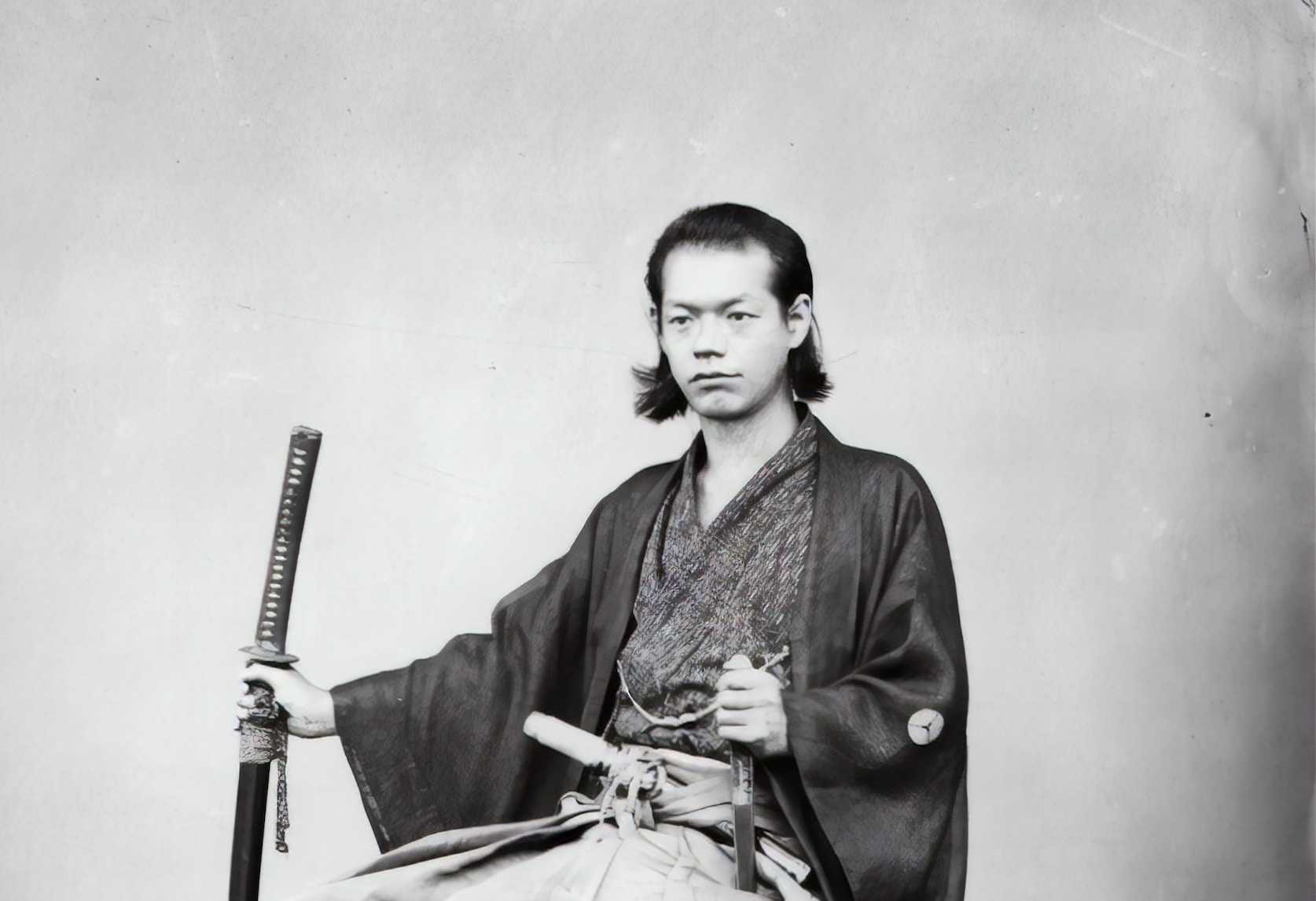Since my last proper essay on June 2022, I had more opportunities to design user interfaces and website. As a product designer, most of my time are spent talking with PMs, engineers and designers to align expectation, discuss approach and deep dive into problem spaces, meanwhile the remaining time are for drawing rectangles on Figma. Most of the project I’ve worked on aren’t revolutionary, but every new feature or fixes will help improve the user experience. Therefore it’s crucial to mock out a flow to uncover design blind spot and drive product alignment so the feature can be build, experimented and reiterated quickly.
Eventhough the process can be fast pace, there was a period where I started to doubt if I’m contributing enough to the team, as if I felt stunted by the small features that mainly focuses on product fixes. Since we’re designing for a legacy product, constant patches and workaround are expected. During my 1:1 with my teammate, I struggle to find the proper word to describe the stagnation … perhaps calling it stagnant is not accurate at all because every project still has its unique problem space, and there are times where I even got the chance to conduct workshop to crowdsource ideas. To give an analogy, it feels like walking on a dessert - sometimes I encounter small resources which can be salvaged, but most of the time I’m just marching forward without a higher purpose.
Day job aside, I also started to question my ability to design well for side projects and gigs. It felt like I’ve been only practicing the fundamentals all these while, like choosing the right typefaces, designing with a safe layout and reusing the same icon library. I always felt that I could do a better job in exploring visuals more bravely just after wrapping up a project - that’s not a very healthy sign because I end a project with regrets instead of appreciation. But I think what makes me think that the process is becoming dull is because I chose to play-safe after learning the boundaries of what client usually consider a nice design in their definition. This is not an insult to clients or any gig projects, but instead a call out that designers should prioritise business objective more than our own ego. However, I still wonder how I could innovate on the design process and outcome.
The breaking point came only when I start to see people who are really innovating their craft with mediums and processes like 3D, midjourneys, animation, micro-interactions and thoughtful research. It made me feel like I’m just doing a good-enough work. That was when I know I’m doubting the potential of my craft, because if feels bad to know that I haven’t achieve what (I feel) I could had become.
Every ideal is a judge.
Routine Creates Mastery
After reflecting on my progress as a designer since my last essay, I slowly understand that it is normal to fell like a lost nomad walking on the dessert especially in the creative field. As designers, we often encounter award-winning and featured projects on portfolio sites, which made us feel insignificant because the work we produced are not as valuable as others. As Dr.K from healthygamer puts it — we often take our wins and make it sound like a lost.
Even though an outcome can still be improved, we often lack the awareness that what we consider just good enough may means very good or the complete opposite for other people, and the vice versa is also true. That’s why learning how to do the small, tedious and repetitive project skilfully is important- it increases the opportunity for baseline success and help us become ready for bigger challenge. We should recognise that routine creates mastery, and mastery creates breakthrough.
I recall that after my design graduation, I’ve seen a tweet (which I vaguely remember the source hence quoting loosing) saying that as a designer, “it’s more important to complete the small task great, than completing a great task badly.” This means that we are defined by how skilful we can finish a small task repeatedly then finishing a huge task once. Your mastery will highlight your attention towards details, understanding towards the craft and ability to navigate within constraints. Before we can take on huge responsibility, we must first hone our skill.
In the field of photography, the renowned photographer Henri Cartier-Bresson once said ‘Your first 10,000 photos are your worst’. I believe the statement is true for every imaginable work in life, given that you try your best in every photograph, not just clicking the shutter button at the same angle. Meaningful attempts matters in repetitive practice.

Excerpt from Teach Yourself Programming in Ten Years
Takeaways
Realisation like this indicates an opportunity to innovate. We’re not complacent when we’re satisfied with repeating the same task, we are only complacent when we’re satisfied to repeat the same task despite knowing there’s a better way to do it. Innovating often involves sacrifice, such as learning a new tool, spending extra time to create boilerplate design, get alignment on ideas to improve workflow, be willing to confront disagreements…etc. However, if we determine that the outcome is worth pursuing, we should always advocate for a better outcome. Innovating on processes means we’re being intentional with how we spend our time.
Most of the great work produced was the product of great frameworks and processes. Good work requires one to be fluent in process through repetitive practice because a master of his own practice should have a conviction on why things should be the way it is (i.e. the craft, process or approach).
What lies behind the quote “just enjoy the process” is to treat every small opportunity as an experiment to improve any possible aspect.

